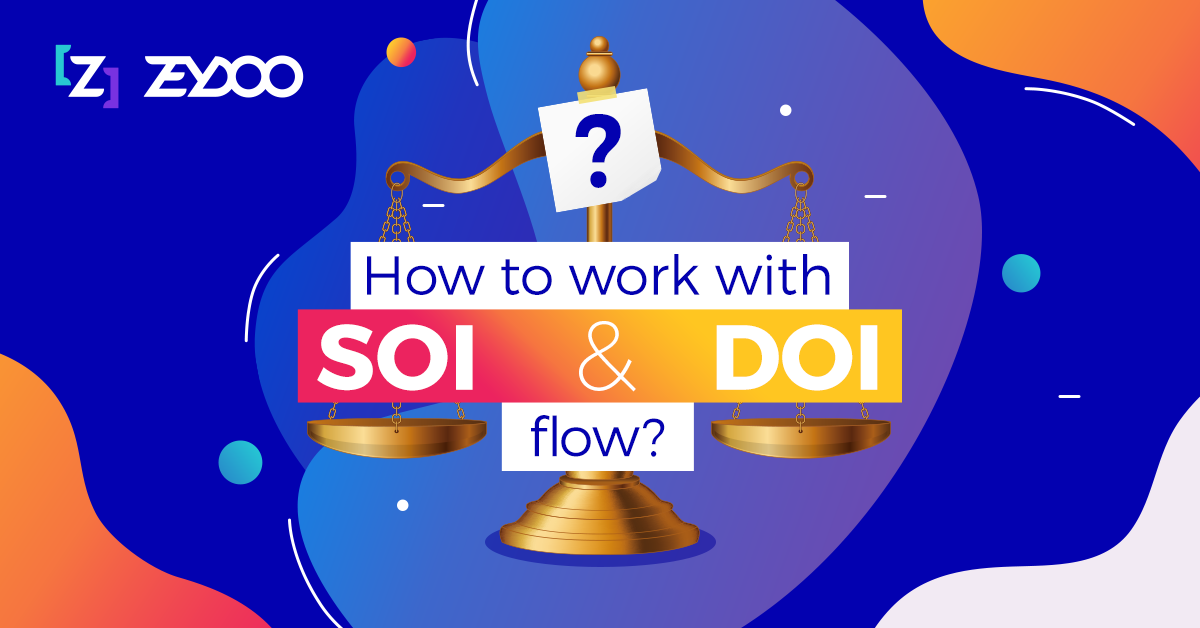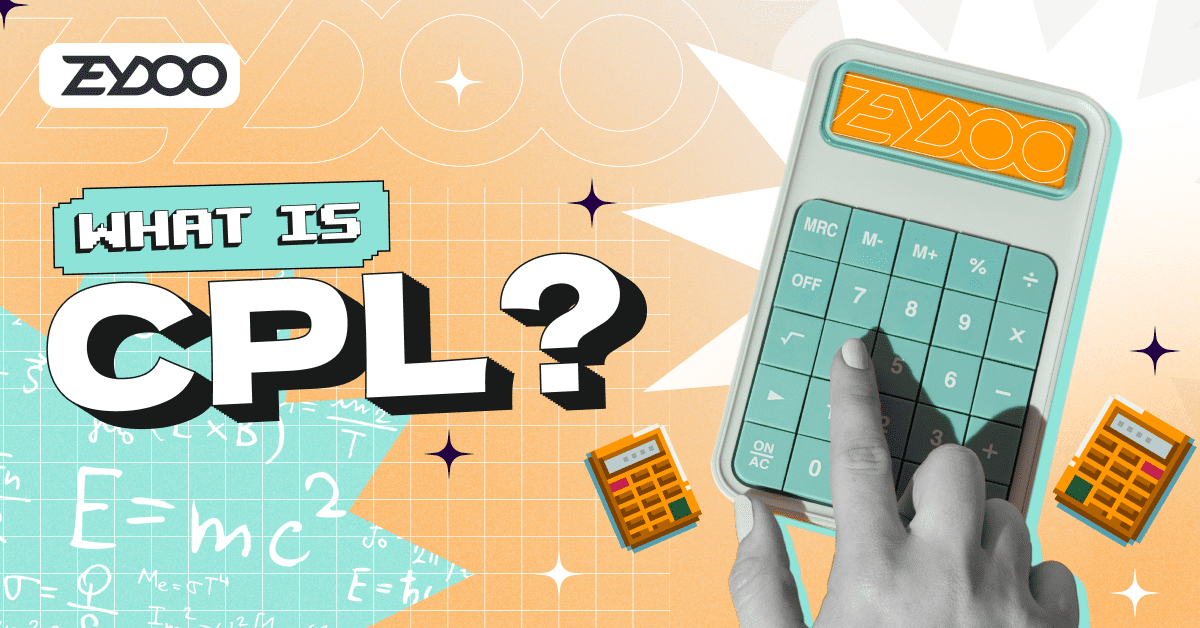Today, we are going to talk about different aspects of a cost per lead earning model. We’ll tell you how a CPL model works, outline its pros and cons, explain how to calculate cost per lead, and describe the channels that affiliates use to promote CPL offers and attract CPL leads.
So, let’s get started.
- What is the Cost Per Lead?
- Rewardis: King of SOI Sweepstakes and an Engaging Reward Platform
- How Do I Run SOI and DOI Campaigns?
- Cost Per Lead Formula and Benchmarks
- Ready-Made Bundle: Zeydoo CPL and SOI Offers + Galaksion Popunder = $665 in a Month! [Case]
- Pros and Cons of CPL for Affiliates
- How to Run CPL Surveys and SOI Rewardis Offers with Facebook and Earn $300+ Per Day: Real Case Study
- Conclusion
What is the Cost Per Lead?
Cost per lead is the type of conversion in business and affiliate marketing. With such a conversion type, affiliates get paid for every lead that they have generated to a business.
Getting a lead means getting the contact details of potential clients (such as email addresses, phone numbers, etc). In this case, advertisers have to pay affiliates to get the contact information of their prospects (leads).
Attracting CPL leads is about engaging high-intent customers who are really interested in your product or service. It’s easy to turn CPL leads into new customers, repeat customers, and, most importantly, sales. That’s why cost-per-lead campaigns have a high conversion rate.
Differences between CPL and CPC Models
Cost-per-lead offers are more complex compared to cost-per-click offers.
Look:
With cost-per-click offers, affiliates get paid for every click they generate on a business site.
Meanwhile, cost-per-lead offers require more. After users click on ads, they also have to fill in an online form and provide the necessary information. If a user submits an online form, a business attracts a lead. And, as an affiliate, you get paid only if users submit the required data to a business.

Different Types of CPL Ads
There are two types of CPL ads: single-opt-in (SOI) ads and double-opt-in (DOI) ads. With SOI ads, affiliates get a lead when a user submits contact information. With DOI ads, affiliates get a lead when a user submits contact information and confirms the submission of the data by email, phone call, or SMS.
With SOI ads, it’s usually easier to attract leads. Any user who submits the contact information becomes a lead. However, users may provide false contact information about themselves. And, of course, this negatively affects the quality of leads and lowers conversion rates.
DOI ads generate higher-quality leads that have a higher conversion rate. That’s why advertisers pay more to affiliates to acquire such leads.

Cost Per Lead Formula and Benchmarks
It’s pretty easy to calculate the cost per lead. The cost depends on two factors: marketing expenses and the number of new leads acquired by affiliates. Therefore, affiliates need to divide the amount of money they spend on their marketing campaigns by the number of leads.
Here is the formula for calculating a cost per lead:
CPL= Total Ad Spend / Total Leads Generated by Campaign
Let’s assume that an affiliate has spent $1000 on marketing campaigns and attracted 100 leads. In this case, it’s necessary to divide $1000 into 100 leads to get a cost per lead. That means that it costs $1000 / 100 = $10 to get a lead.
What is a Good Cost Per Lead?
Advertisers aim to create cost-effective marketing campaigns to promote products and services. If they use a CPL model in their marketing strategy, they are eager to know what average cost per lead is good for their industry.
So, the big question is – what is a good cost per lead? In fact, it’s difficult to give the exact answer to this question because the cost of getting a lead depends on many factors and varies widely.

Here are several factors that affect Cost-per-Lead:
- Vertical. Different niches have different costs per lead: some are higher, and some are lower.
- Channel. Affiliates use different channels to promote CPL offers, and traffic prices may significantly vary from source to source.
- Lead quality. The cost of a lead is high if affiliates attract warm leads and engage prospects who are interested in buying a product or service. On the other hand, the cost of a lead is lower if affiliates attract cold leads. Such prospects are interested in a product or service but not ready to make a purchase now.
And, to sum up, here is some statistics on the average CPL in different industries:
| Industry | Average Cost per Lead |
| Automotive | $280 |
B2B SaaS | $240 |
| Construction | $230 |
| Entertainment | $110 |
Financial services | $650 |
| Healthcare | $360 |
Higher education | $980 |
Hotels | $270 |
| HVAC | $90 |
Legal services | $650 |
| Manufacturing | $550 |
Marketing | $100 |
Real estate | $450 |
| Solar | $210 |
Software development | $600 |
Should Cost Per Lead Be High or Low?
When marketing products or services, advertisers should aim to reduce their cost per lead and increase the return on investment of their ads. However, low cost per lead can mean low-quality leads
The main goal is to find the golden mean between the cost per lead and the quality of leads.
Pros and Cons of CPL for Affiliates
The CPL earning model has its own pros and cons for affiliates.
Pros:
- An easy way to connect a business to customers. Affiliates who work with CPL offers, provide advertisers with the contact information of prospects. As a result, advertisers find it easy to reach prospects and send the right message to the target audience.
- Cost per lead is easy to calculate. In order to calculate cost per lead, affiliates need to track the total amount of money they have spent on advertising and the number of leads they have attracted within a certain period of time.
- Potential customers. With SPL offers, affiliates target potential clients in their niches. They get paid only when they get prospects. These people already have an interest in products or services, so they are easy to convert. And, of course, it’s a big advantage.
- A wide selection of CPL offers. There is no shortage of CPL offers available for affiliates these days. A lot of CPL offers are available for different niches. That means that affiliates can easily pick CPL offers that meet their needs in the best possible way.

Cons:
- Unpredictability. Affiliates find it difficult to predict how CPL offers will go, and it’s impossible to calculate their revenues from CPL offers accurately in advance. Therefore, it’s necessary to promote CPL offers and measure ROI to draw conclusions about their efficiency.
- Lower rates. A cost-per-lead model gives affiliates an opportunity to earn more money on conversions compared to the cost-per-click earning model. However, this model is significantly cheaper than some complicated flows like, say, First-Time Deposit.
Conclusion
The CPL earning model would be a smart choice for beginners who have just started affiliate marketing and are experienced affiliate marketers. If you choose the right CPL offers and develop an effective promotion strategy that works, then you will manage to attract leads and earn good commissions. After you get started with the CPL conversion type, you should do everything possible to improve your ROI.
The cost per lead is worth it! Just give it a try!


